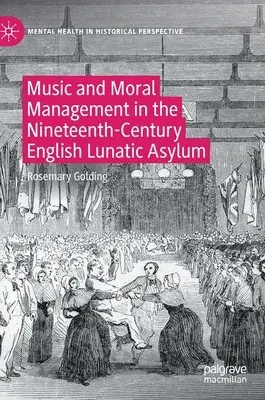Rosemary Golding
(Author)Music and Moral Management in the Nineteenth-Century English Lunatic Asylum (2021)Hardcover - 2021, 2 September 2021

Qty
1
Turbo
Ships in 2 - 3 days
Only 1 left
Free Delivery
Cash on Delivery
15 Days
Free Returns
Secure Checkout

Part of Series
Mental Health in Historical Perspective
Print Length
369 pages
Language
English
Publisher
Palgrave MacMillan
Date Published
2 Sep 2021
ISBN-10
3030785246
ISBN-13
9783030785246
Description
Product Details
Author:
Book Edition:
2021
Book Format:
Hardcover
Country of Origin:
NL
Date Published:
2 September 2021
Dimensions:
21.01 x
14.81 x
2.24 cm
Genre:
British
ISBN-10:
3030785246
ISBN-13:
9783030785246
Language:
English
Location:
Cham
Pages:
369
Publisher:
Weight:
612.35 gm